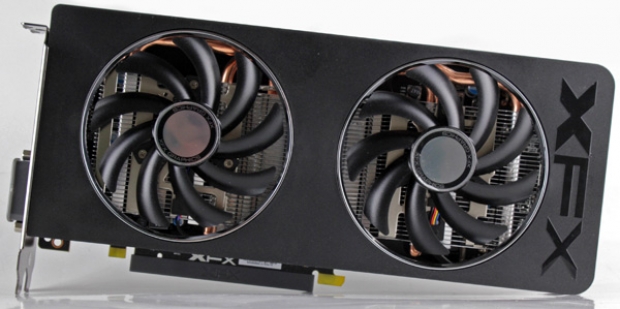Index


Review: Battlefield 4 bundle, rock solid DD cooler
Today we want to share our thoughts on XFX's Radeon DD R9 270X. The full name of the card is XFX Double Dissipation R9 270X 1050M Boost 2GB DDR5 Ghost Thermal Dual Mini DisplayPort HDMI dual-DVI or Part No.: R9-270X-CDFC. Let’s also add that XFX is giving away a Battlefield download code and the deal is retroactive – it even applies to consumers who happen to already have an XFX R9 270X, bought before November 12 2013. 
In terms of specifications, the R9 270X is identical to the Radeon HD 7870 GHz Edition. The only exception is the updated display controller hardware. New R9-series cards are a bit better compared to the HD 7000-series when it comes to using multiple displays. If you are planning to use a three-monitor setup, you no longer have to use DisplayPort for the third one; you can use two DVIs and an HDMI connector.
AMD partners had a lot of time to get acquainted with the HD 7870, so they also developed even better coolers for the 270X. XFX is no exception and we are pleased to confirm that the DD R9 270X runs silently under full load.
The R9 270X and HD 7870 are based on 28nm Pitcairn silicon, now known under new a name as Curacao. It features 1280 stream processors, 80 texture memory units (TMUs), 32 raster operations units (ROPs), and a 256-bit wide GDDR5 memory interface backed by 2GB of GDDR5 memory.
XFX DD R9-270X-CDFC works on reference clocks and that is plain to see in GPUZ.
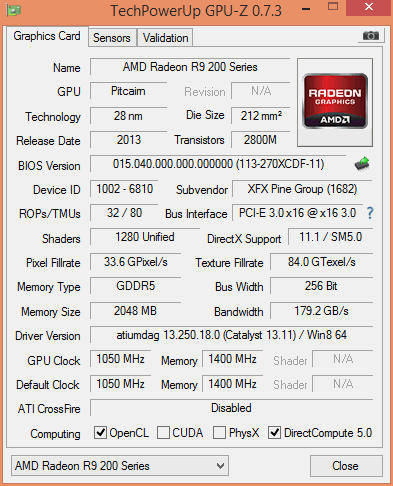
The Battlefield 4 deal is limited time offer and the cutoff date is December 31 2013. If you already have the card please follow this link for game redemption.

All XFX R9 270X graphics cards are eligible for the Battlefield 4 freebie, but if you want an R9 290X, R9 290, R9 280X you have to check with your local dealer for a specific eligible model. 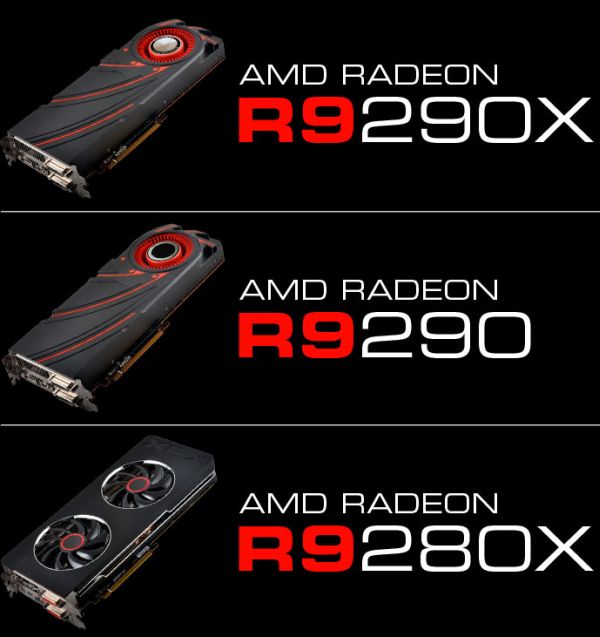
The packaging for the R9 270X 1050M has the same dimensions as the rest of XFX’s HD 7000/6000/5000 offer – it is small and sturdy. However the visual appearance is now changed more the way of being classic old school design, which is good, but we would like to see at least one image of the card on the packaging.

In the box you’ll find:
-User Guide
-Quick Installation Guide
-Driver DVD
-Driver/CD Install Guide
-2x molex to 6-pin Power Adapter
-CrossFire Bridge
-and some promotional material

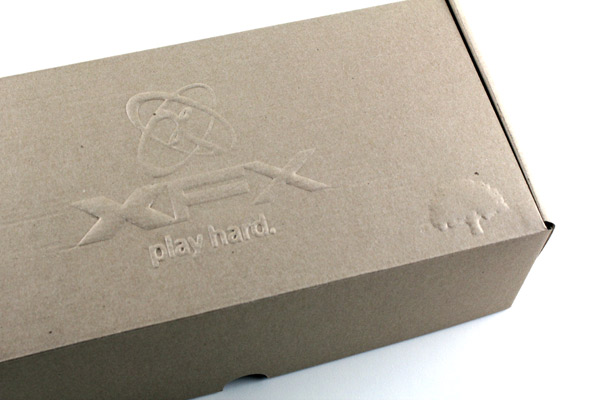
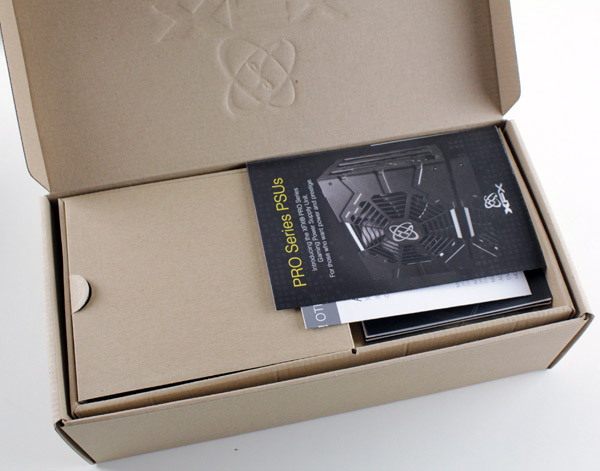
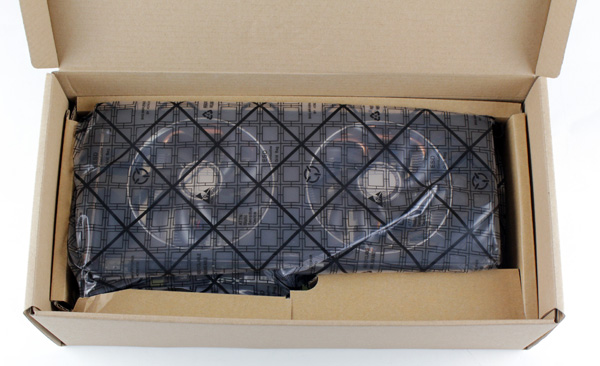
XFX decided to refresh the old design with a new dual-slot cooler. The new cooler matches XFX’s new overall look, an all-black and very sleek design. We must say that we miss the old Dual Dissipation cooler with the metal bar on top, with the card name prominently displayed. However, the new cooler is quite a looker, too. The cooler uses two 8.5cm fans, and the heatsink is a little bit bigger compared to the one used on the DD HD 7870 cooler. The new cooler should provide better performance while keeping noise levels at minimum.

Top of the card is very attractive thanks to a small opening in the shroud which also serves as an exhaust vent. The R9 270X needs two 6-pin power cables for normal operation. According to AMD the R9 270X will draw a maximum of 180 Watts.
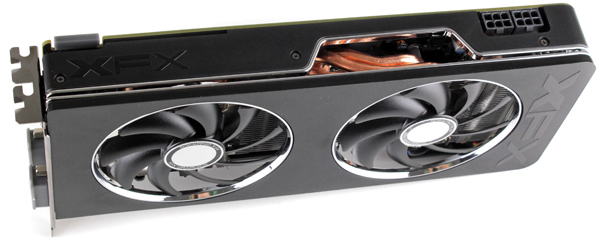
The cooler uses four 6-mm hetpipes. You can see two of them through the opening at the top of the card.
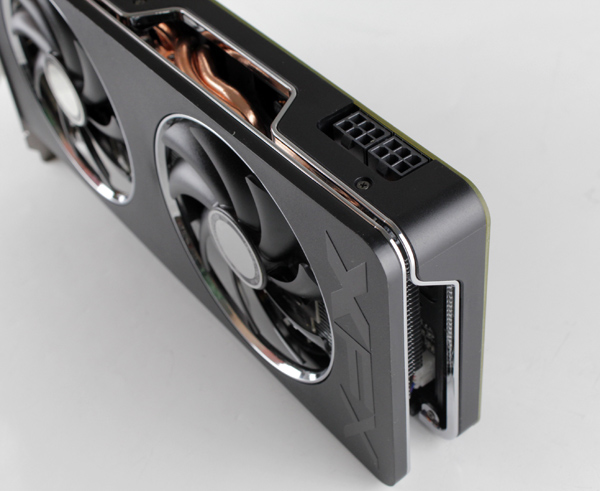
On the I/O panel you will find two mini-DisplayPorts, one standard HDMI and two DVI connectors (one dual-link DVI and one single-link DVI). Next generation 4K (4096x2160) and UHD (3840x2160) resolutions are supported.

You can also use any combination of display connectors or use four outputs at the same time. It is possible to chain up six monitors when using an MST hub. Please note that the DVI outputs no longer support analog monitors. One HDMI 1.4a compatible sound device is built in the GPU, which also includes HD audio and Blu-ray 3D movies support so there is no need to connect the card to your motherboard’s/soundcard’s SPDIF out to get audio and video via HDMI.
The card has a single Crossfire connector and you can combine it with another R9 270X card or with an old HD 7870 GHz Edition.
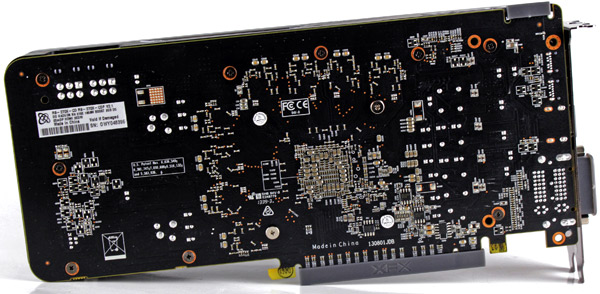
Double Dissipation Technology is XFX’s dual fan design that allows air to cool all the heatsinks and components, as well as the PCB board itself.

Both fans are connected at the same 4-pin connector on the PCB. Setting the RPM manually is a breeze using AMD’s Overdrive or other utilities like MSI Afterburner or PrecisionX.
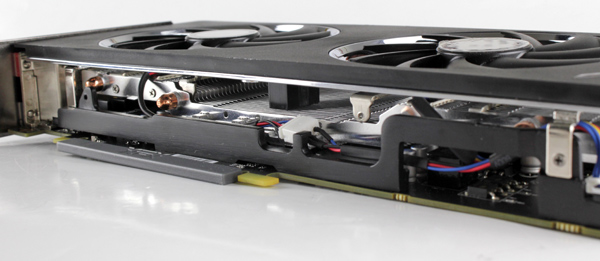
We tried to remove plastic hood without taking the whole cooler form the card but it cannot be done easily. This is possible only by voiding the warranty and removing the whole cooler from the card. However if you want to clean the fans and the heatsink, you can try to remove only the fans after undoing a few screws, as shown the next picture.
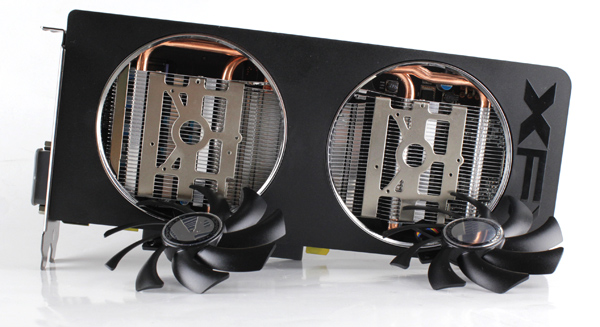
Two 8.5cm fans cool the heatsink which is one-piece design and stretches across the entire length of the card. Two 6mm heatpipes pass through the left side of the heatsink and other two pass through the right side of the heatsing. They are flattened right over the GPU, where they need to suck up as much heat as possible.

Once removed the plastic shroud looks like this. Its inner side is colored in silver. Note how the fans are not connected to the shroud but to the heatsink itself.
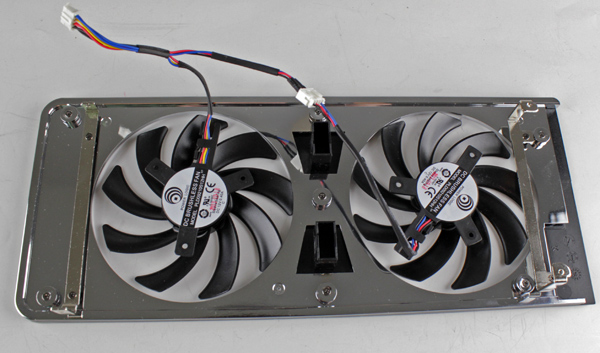
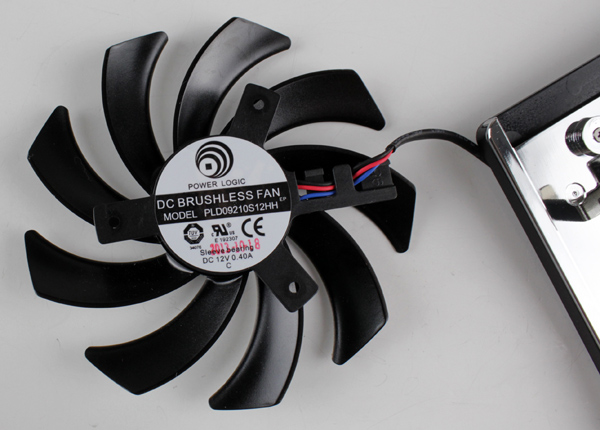
The heatsink is connected to the metal frame shown on the next picture. This frame serves as a heatspreader for the VRM.

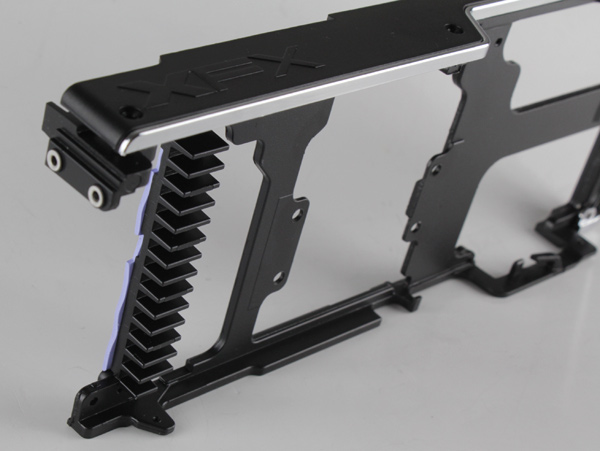
With all parts removed we finaly have a clear look at the heatsink.
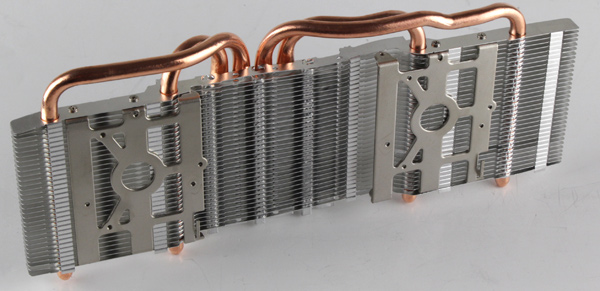

The memory chips are cooled only by air. XFX is using Elpida memory chips, model number H2032BBBG-6A-F. There are eight GDDR5 memory chips for a total of 2GB of memory and they are all installed on the top side of the PCB.
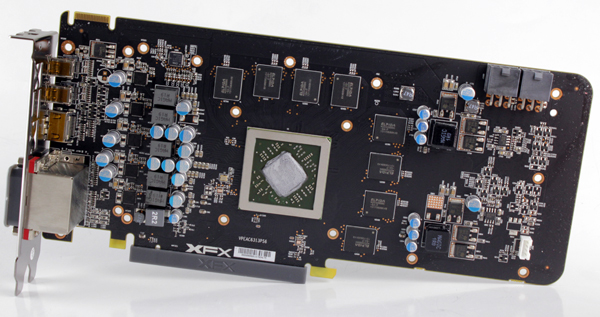
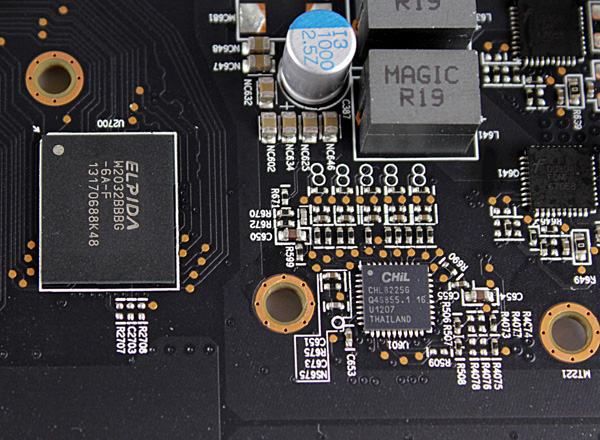
XFX uses a CHiL CHL8225G, which is a very common voltage controller that offers software voltage control and monitoring.
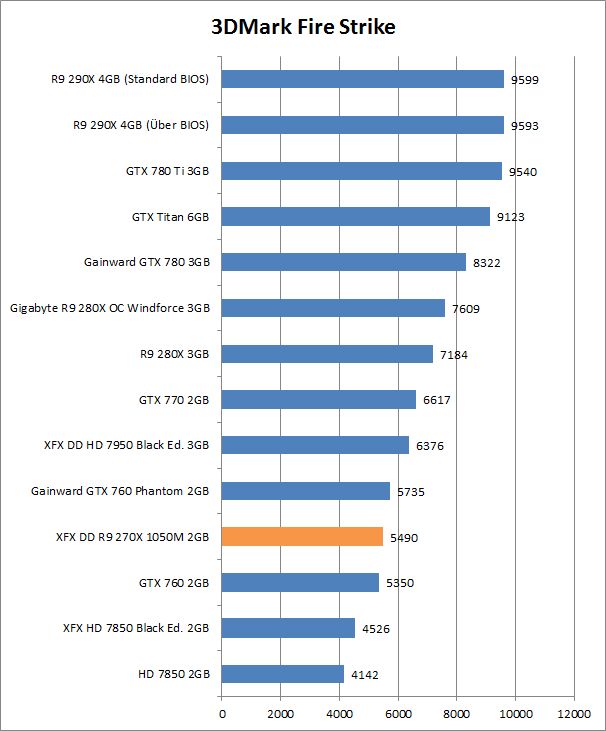
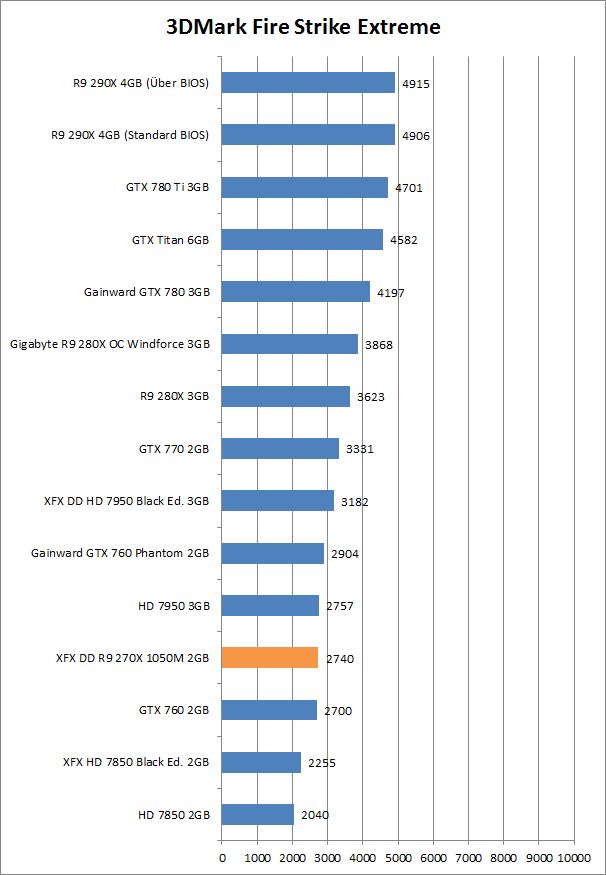
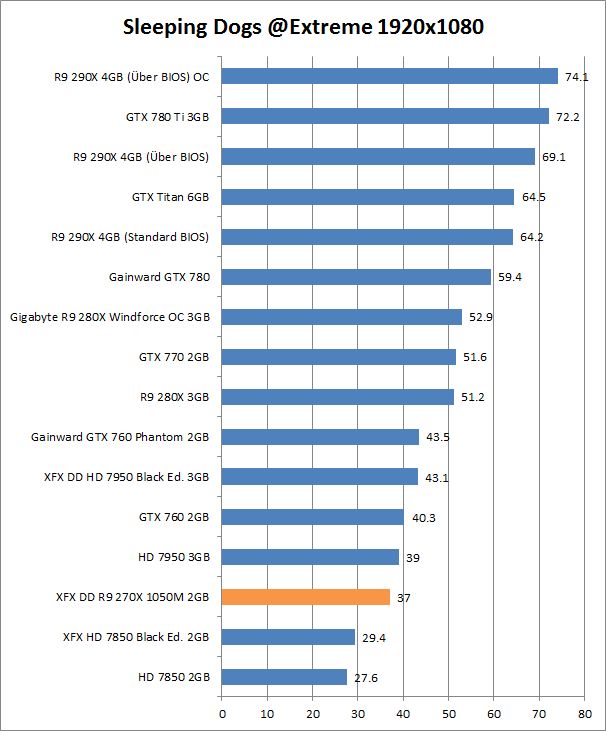
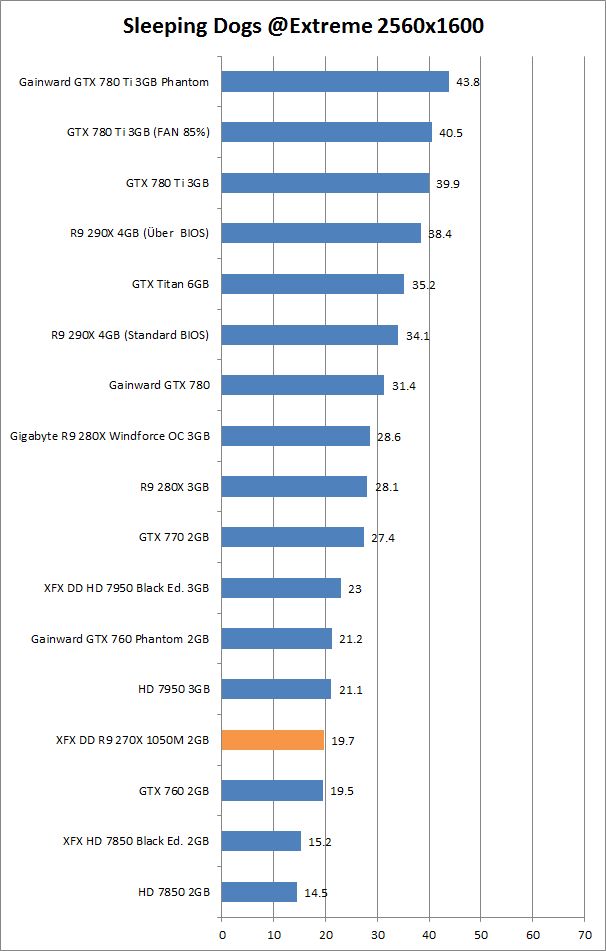

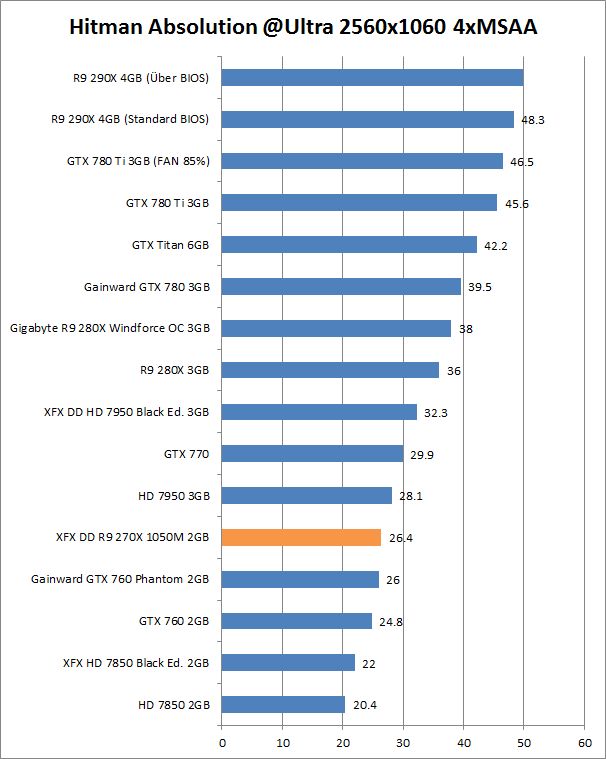
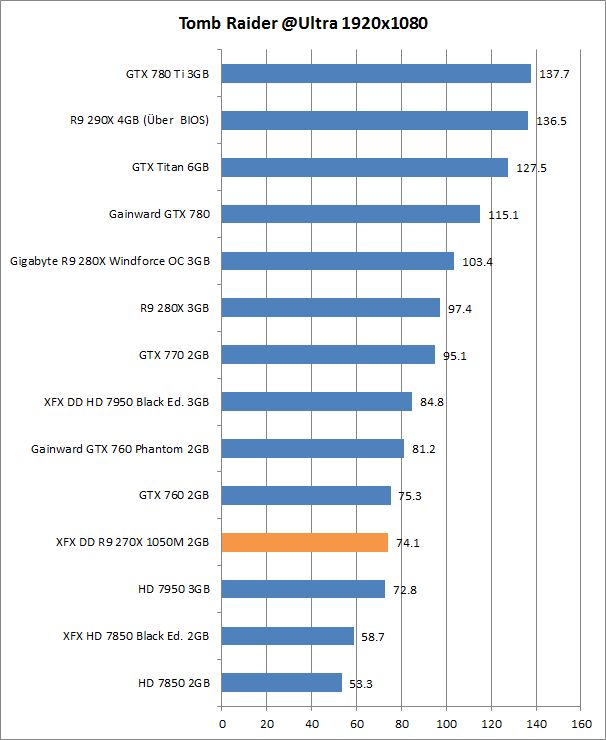
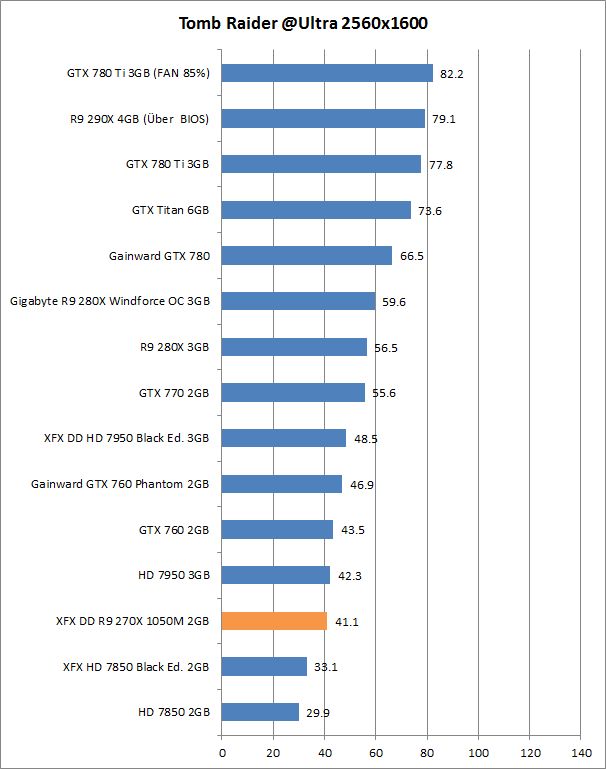
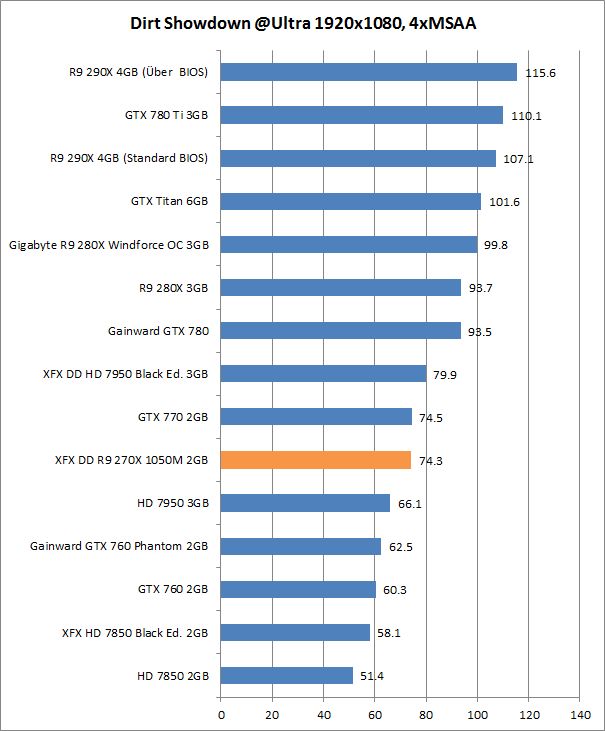
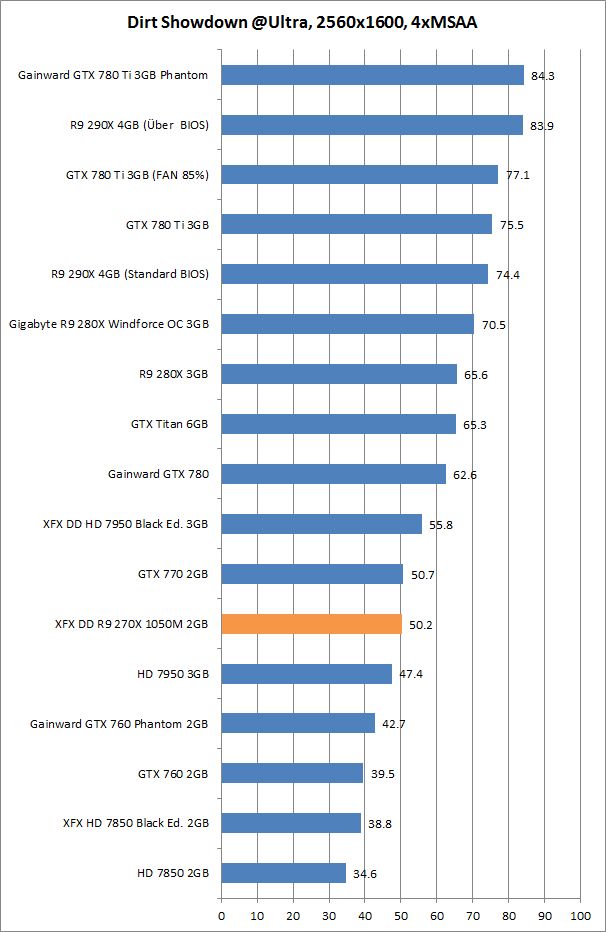
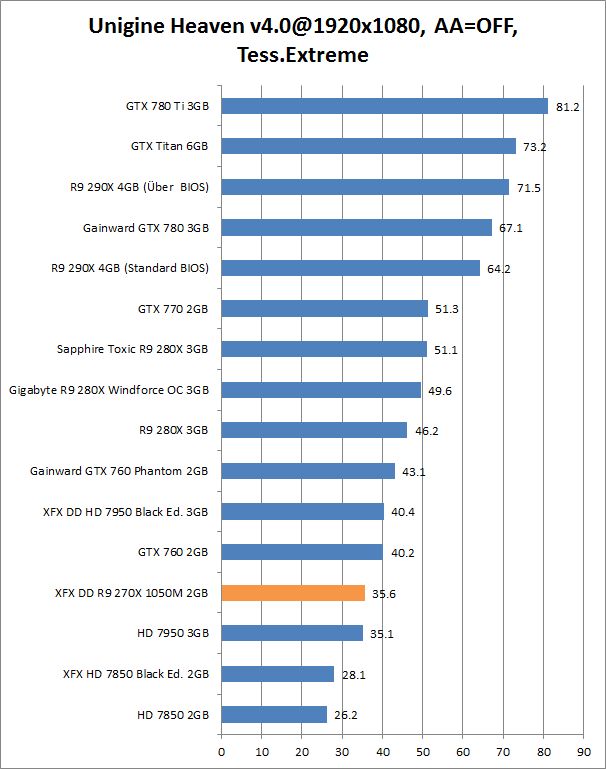

Overall the XFX DD R9 270X 1050M is a quiet card. The fans are inaudible in 2D mode, and virtually silent in 3D mode. We heard the fans only on a couple of occasions, but even then it was relatively brief, most users will notice any noise. Temperatures in idle are great. During 3D load XFX allowed a bit higher temperatures for the GPU in order to keep the fans silent. In majority of games we measured up to 75 degrees Celsius. After overclocking we measured up to 85 degrees Celsius, but the fans remained silent (we overclocked the GPU at 1200MHz from stock 1050MHz). Once the game is started and the GPU starts heating up, there are no abrupt fan speed changes.
Power consumption in games is on par with other mid range graphics cards. However there is more room for improvement; AMD cards tend to consume a bit more in multi-monitor mode than Nvidia card. The difference is about 10W to 15W.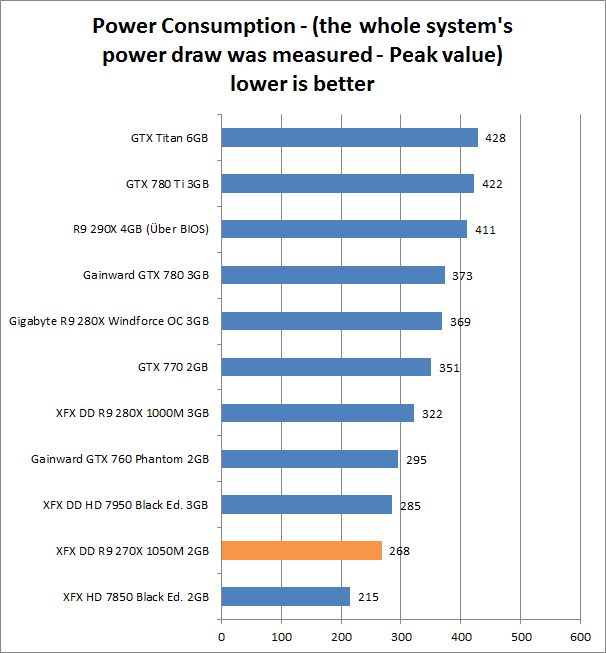
The maximum overclock on our sample card was 1200 MHz for the GPU (14% over reference) and 1500 MHz memory (7% overclock). GPU overclock is average, in line with what we saw with earlier HD 7870 GHz Edition cards, but the memory did not want to follow as after 1500MHz. We used default fan and voltage settings as defined in the VGA BIOS. However, a quick test of Sleeping Dogs showed that overclocking yielded a 10-percent performance boost.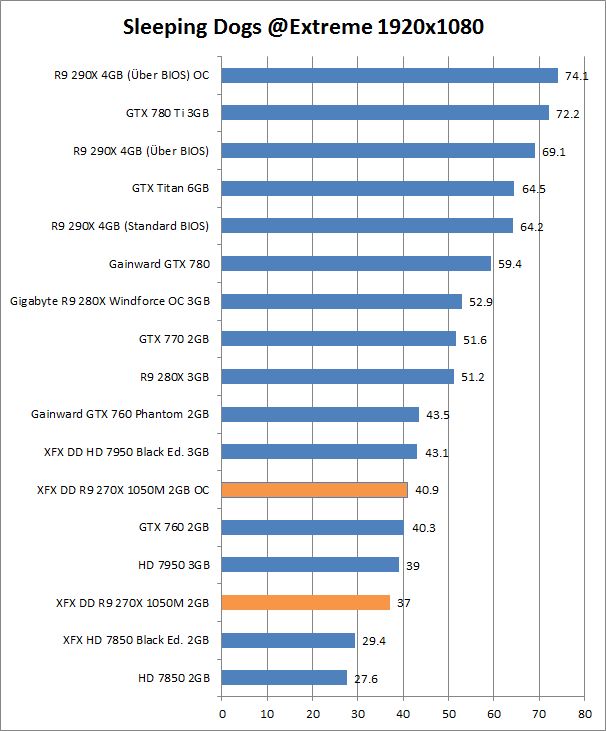
The Radeon HD 7870 GHz launched in early 2012 with a retail price of around 340 euro. At press time the same card can be found for about 150 euro. It's a great time to be a gamer.
Today we looked at XFX R9-270X-CDFC which is available for 175 euro. You pay a premium for the custom cooler which will not disappoint you if the silence is on your list of priorities. Practically all partners are selling R9 270X cards at a higher price than the HD 7870 GHz Edition, on average you have to pay 10 to 20 euro more for the R9 270X.
For those who did not know AMD’s new Radeon R9 270X is identical to the Radeon HD 7870 GHz Edition. That means the R9 270X card is based on the 28 nm "Pitcairn" silicon. New R9 270X name is a part of AMD’s rebranding strategy. It is purely a marketing strategy. Obviously the HD 7870 is a mature product and AMD wanted to extend the product lifecycle with a name change. However, this is nothing new in the GPU business and we won’t complain too much. The 7870 and the R9 270X are still very potent cards and deliver good value for money.
Thanks to the updated display controller hardware the new R9-series cards are a bit better compared to the HD 7000-series when it comes to using multiple displays. Now you can run three-monitor setup, without need for the DisplayPort monitors, because a third monitor can be connected to the HDMI output.
To sum up, you won’t go wrong with the DD R9 270X 1050M. The card can easily deliver playable frame rates at 1080p. The cooler looks great and it is very quiet, which is the card’s main selling point. The Battlefield 4 bundle is another one, provided you get the card before the year is out. With that in mind, this card looks like a good choice for gamers on a budget, especially if they are into the Battlefield franchise.

